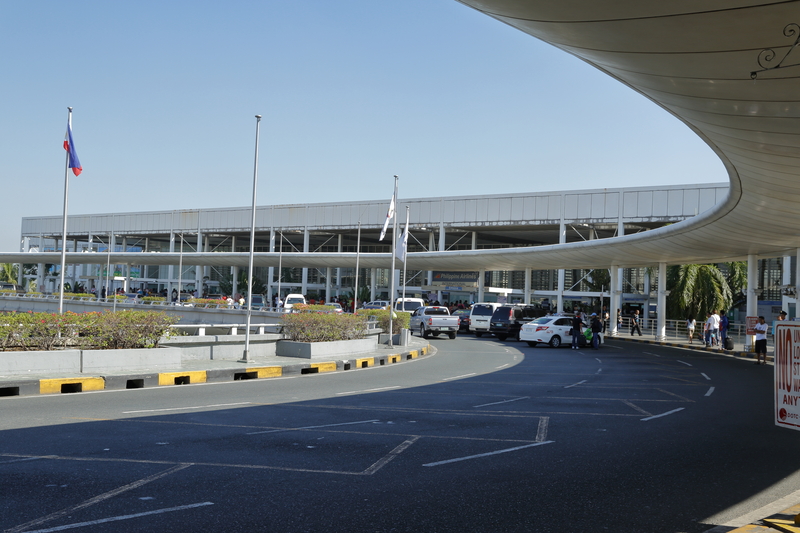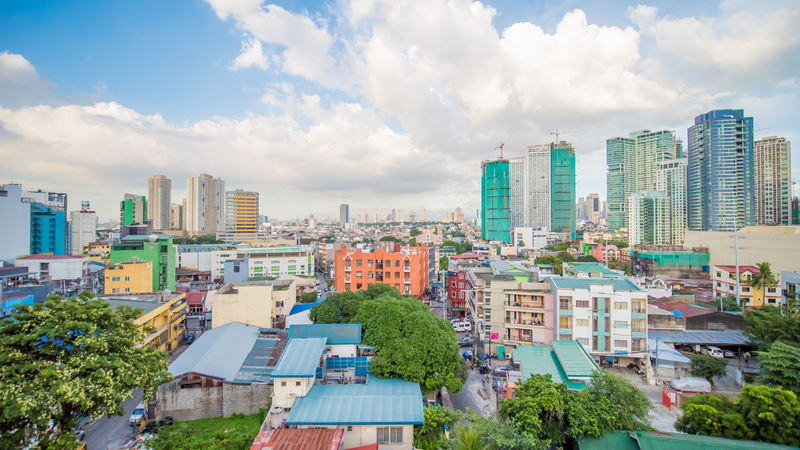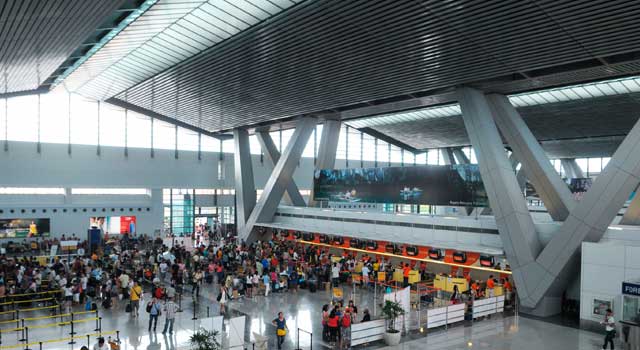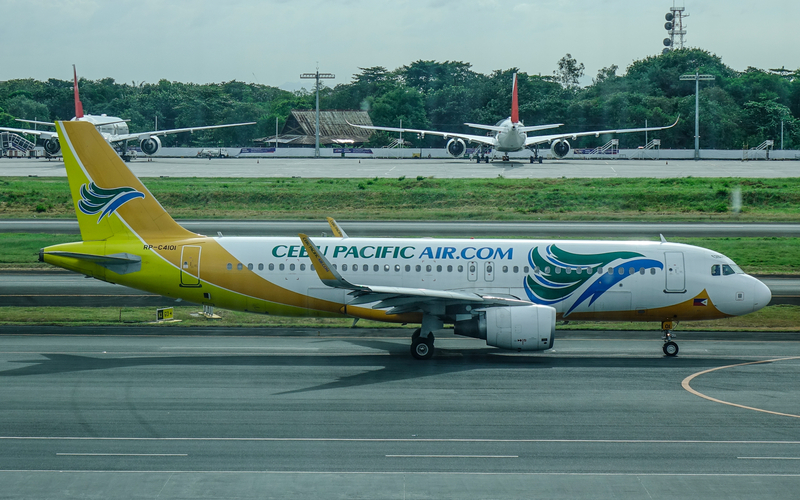Terminals +info
NAIA Airport consists of four passenger terminals:
NAIA Terminal 1: NAIA Terminal 1 serves almost all the international flights. It has west gates 1-7 and east gates 9-15.
NAIA Terminal 2: NAIA Terminal 2 houses international and domestic flights of the country’s flag carrier, Philippine Airlines or PAL.
NAIA Terminal 3: NAIA Terminal 3 serves the international flights which are not handled in NAIA Terminal 1 as well as some domestic flights.
NAIA Terminal 4: NAIA Terminal 4 hosts flights from local and regional carriers.
NAIA Airport in numbers
Some concise numerical points about Ninoy Aquino International Airport (NAIA):
- 2 Runways: NAIA operates with two runways, Runway 06/24 and Runway 13/31.
- 4 Terminals: The airport has four terminals: Terminals 1, 2, 3, and 4.
- 473 Daily Flights: Approximately 473 flights operate daily from NAIA.
- Over 30 Airlines: More than 30 airlines serve Manila Airport.
- 32 Million Passenger Capacity: NAIA’s total capacity is approximately 32 million passengers per year.
- 550+ Daily Aircraft Movements: NAIA handles over 550 aircraft movements daily.
- 100+ Daily Flights on Secondary Runway: The secondary runway handles over 100 flights daily, primarily for domestic and regional flights.
- 50.1 Million Passengers in 2024: NAIA served a record 50.1 million passengers in 2024.
Reviews +info
On this website, you will find valuable tips and reviews about Ninoy Aquino International Airport, designed to help you navigate your travel experience smoothly. These reviews can help you understand what to expect in terms of service quality, cleanliness, and overall passenger experience.
-Our Review of Manila Airport
-Pros and Cons of MNL Airport
-Mini-Guide of the Airport (2’ Guide)
-Other reviews
-Some Stats
Transportation +info
Find below the available means of transportation in Manila International Airport:
Bus: There are local and city buses to Manila.
Taxi: Get within 20 minutes to downtown Manila by taxi.
Rail: The Light Rail Transit System (LRT) is a safe way to get to Manila from NAIA.
Shuttle: From NAIA departs a shuttle service to Manila, the UBE Express.
Car Rental: Rent a car in Manila Airport. Check our search engine for further details!
Contact
Address: Andrews Avenue, Pasay, 1300 Metro Manila, PHILIPPINES
Phone: +632 8553 8000
Email: pao@miaagovphils.onmicrosoft.com
Lost & Found:
Phone: +63 2 877-1109
Official Website: www.miaa.gov.ph
About Manila
Manila, officially the City of Manila, is the capital of the Philippines and one of the most densely populated cities in the world. It serves as the political, cultural, and historical heart of the country. The city is located on the eastern shore of Manila Bay and is bisected by the Pasig River, dividing it into northern and southern sections.
The history of Manila dates back to 900 AD, as evidenced by the Laguna Copperplate Inscription, which mentions a Tagalog polity called Tondo. By 1258, a fortified settlement known as Maynila existed in the area. The Spanish conquest began in 1571 when Spanish conquistador Miguel López de Legazpi defeated Rajah Sulayman and established Manila as the capital of the Spanish East Indies. The Spanish built Intramuros, a walled city that became the administrative and religious center. Manila was also a key hub in the Manila-Acapulco Galleon Trade, connecting Asia and the Americas for over 250 years.
Manila endured significant events such as British occupation during the Seven Years’ War (1762–1764), American colonization after Spain’s defeat in 1898, and massive destruction during World War II’s Battle of Manila in 1945. Despite these challenges, it has rebuilt itself into a vibrant metropolis.
Today, Manila features 16 administrative districts and is part of Metro Manila, which includes neighboring cities like Makati and Quezon City. Key attractions include Intramuros, Manila Cathedral, San Agustin Church (a UNESCO World Heritage Site), Rizal Park, Manila Ocean Park, and the National Museum Complex. The city is also a major economic hub with a bustling port and ranks among Southeast Asia’s fastest-growing urban centers.
Manila’s rich history and cultural landmarks make it an essential destination for visitors exploring the Philippines.



